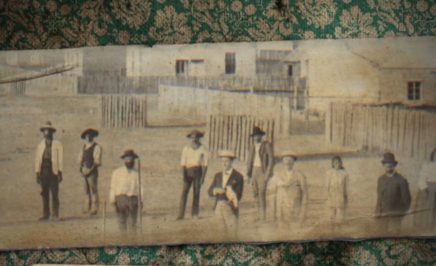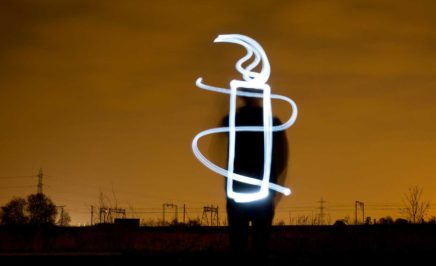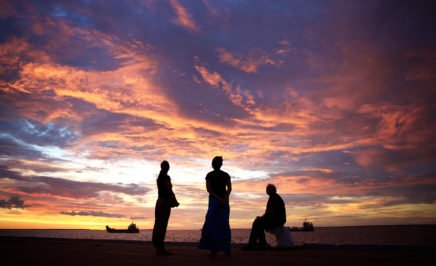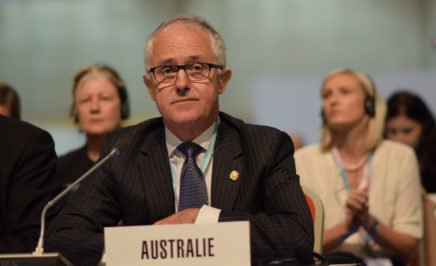The practice of Welcome to Country is a ceremony performed by Aboriginal and Torres Strait Islander people to welcome visitors to their land. Aboriginal and Torres Strait Islander groups have clear boundaries separating their Country from other groups. Crossing into another group’s Country required permission to enter — like gaining a visa — and when that permission was granted the hosting group would welcome the visitors, offering them safe passage.
Thousands of years on, this practice is still alive and has been adapted to our present way of life.
It was about three years ago, when I attended the opening of the Emerging Writers Festival in Melbourne, when I witnessed my first Welcome to Country by Wurundjeri Elder, Aunty Georgina Nicholson. Aunty Georgina had a great sense of humour, particularly with her anecdotal references about the romance between her Irish father and her Wurundjeri mother. Aunty Georgina was also extremely generous when she shared a more painful side of her own family history to a packed auditorium. I still recall her words:
“It has left me with a very heavy heart and I carry this with me everyday.”
Aunty Georgina’s own story is part of a much larger narrative of many stories – told and untold – that go as far back to the start when Aboriginal and Torres Strait Islander people were dispossessed of their land.
I once heard someone say that the practice itself is simply an act of procedural compliance that was largely lacking in meaning. I remember being astonished by that comment. As someone who isn’t of Aboriginal or Torres Strait Islander background, I could barely imagine how it must feel for someone who is when they hear something like that. I recall thinking that the only way to ensure that it wasn’t just a procedure was to make it meaningful, make it your own, make it personal.
I’ve heard others do this and it’s something I do whenever I have the opportunity to make an Acknowledgement of Country. I do it because it feels right to me.
An Acknowledgement of Country is a way of showing respect for the Traditional Owners of the land on which a meeting or event is being held, and of recognising the continuing connection of Aboriginal and Torres Strait Islander peoples to their Country. So why not make it meaningful every time there is an opportunity to do so?
I live in Melbourne where I’m surrounded by Aboriginal sites that are important because of their historical significance. Collingwood and Fitzroy alone — the immediate vicinity of the Amnesty Action Centre in Melbourne represents the traditional lands that the Wurundjeri people lived, worked and looked after since the beginning of time. The effects of invasion caused a dramatic decline in Aboriginal populations in the area but the resilience of Aboriginal people could not be broken. From the 1920s onwards, the community began to steadily increase and by the 1950s, Collingwood and Fitzroy had the largest Aboriginal community in Melbourne. It was also a social and political hub with important figures like Pastor Doug Nicholls, Margaret Tucker, Jock Austin and Mollie Dyer, just to name a few, who played a vital role in empowering the community.
When I do an Acknowledgment of Country, I like to reflect on something that I’ve experienced myself. It could be something as simple as site of significance that I walk past everyday or anything at all that makes it more thoughtful, more personal. It’s something anyone can do by just looking around and being aware of the history of a place. It’s hard not to feel profoundly moved when hearing an Aboriginal Elder or anyone from the Aboriginal and Torres Strait Islander community share their stories. Such stories unite us all as human beings when we consider our own experiences.





